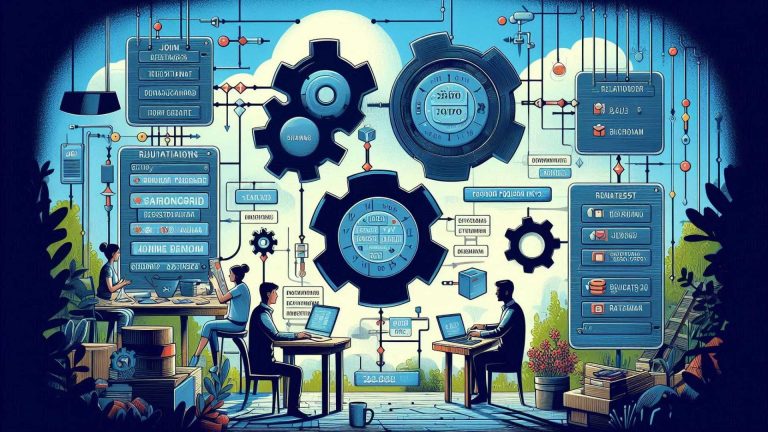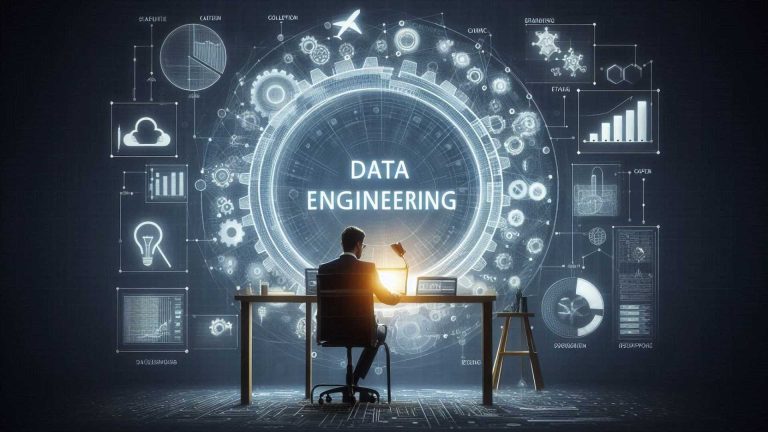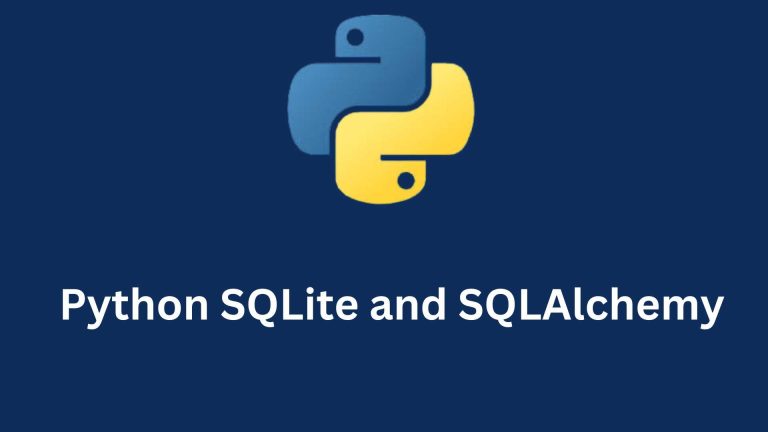Statistics: Foundation and Importance in Data Science
Statistics forms the backbone of data science, providing essential tools for data analysis and interpretation. Its foundational concepts and methodologies are crucial for making informed decisions and extracting meaningful insights from data.
Statistics and Data Science: An Introductory Guide
- Definition of Statistics
- Statistics is the branch of mathematics that deals with the collection, analysis, interpretation, presentation, and organization of data.
- It provides techniques for making inferences and decisions in the presence of uncertainty.
- In data science, statistics plays a crucial role in extracting meaningful insights from data, helping to uncover patterns, trends, and relationships.
- Importance in Data Science
- Statistics is fundamental to data science as it provides the tools and methods for understanding and analyzing data.
- It helps in making informed decisions by providing insights into the underlying structure of data.
- Statistical techniques enable data scientists to validate hypotheses, assess the significance of findings, and quantify uncertainty.
- The Role of Statistics in Data Science
- Statistics serves as the backbone of data science, providing the framework for collecting, analyzing, and interpreting data.
- It helps in summarizing and describing data through measures such as mean, median, mode, and standard deviation.
- Statistical models and algorithms, such as regression analysis, classification, clustering, and hypothesis testing, are used extensively in data science for predictive modeling and inference.
- Foundation of Data Analysis
- Statistics provides the foundation for data analysis by offering methods for organizing, summarizing, and visualizing data.
- Descriptive statistics techniques, including histograms, box plots, and scatter plots, aid in exploring the distribution and relationships within the data.
- Inferential statistics allow data scientists to draw conclusions and make predictions about a population based on a sample of data.
- Enhancing Data Interpretation
- Statistics enhances data interpretation by providing rigorous methods for concluding data.
- It helps in assessing the reliability and validity of findings through hypothesis testing and confidence intervals.
- Statistical techniques enable data scientists to identify outliers, detect patterns, and make data-driven decisions, thereby improving the accuracy and effectiveness of data interpretation.
Statistics: Types Utilized in Data Science Analysis:
Descriptive Statistics in Data Science:
Descriptive statistics in data science involve the exploration, summarization, and presentation of data in a meaningful and understandable way.
This statistical approach aims to describe the main features of a dataset through numerical summaries, visualizations, and graphs.
It provides insights into the central tendency, variability, and distribution of the data, helping analysts and data scientists to comprehend the characteristics and patterns within the dataset.
- Measures of Central Tendency:
- Mean: The arithmetic average of a set of values. It provides a measure of the central location of the data.
- Median: The middle value in a sorted list of numbers. It’s less influenced by extreme values, making it useful for skewed distributions.
- Mode: The value that appears most frequently in a dataset. It’s particularly helpful for categorical data.
- Measures of Dispersion:
- Range: The difference between the maximum and minimum values in a dataset. It indicates the spread of the data.
- Variance: The average of the squared differences from the mean. It quantifies the spread of data points from the mean.
- Standard Deviation: The square root of the variance. It indicates the average deviation of data points from the mean.
- Data Visualization Techniques:
- Histograms: A graphical representation of the distribution of numerical data. It helps in understanding the frequency distribution.
- Box Plots: A visual summary of the central tendency, dispersion, and skewness of a dataset. It’s useful for identifying outliers.
- Scatter Plots: A plot of two variables showing their relationship. It helps in identifying patterns or correlations in the data.

Inferential Statistics in Data Science:
Inferential statistics in data science enable analysts to make inferences and predictions about a population based on a sample of data.
This statistical method involves drawing conclusions, making hypotheses, and generalizing findings from a sample to a larger population.
Inferential statistics utilize probability theory and hypothesis testing techniques to assess the likelihood of observed differences or relationships being due to chance.
By extrapolating insights from sample data to broader contexts, inferential statistics empower data scientists to make informed decisions and predictions.
- Hypothesis Testing:
- Null Hypothesis (H0): A statement that there is no significant difference or effect.
- Alternative Hypothesis (H1): A statement that there is a significant difference or effect.
- Types of Tests:
- T-Tests: Used to compare the means of two groups.
- ANOVA: Used to compare means of three or more groups.
- Chi-Square Test: Used to determine if there is a significant association between two categorical variables.
- Confidence Intervals:
- Definition: A range of values constructed around a sample estimate to capture the true population parameter with a certain level of confidence.
- Interpretation: A 95% confidence interval means that if we were to take 100 different samples and compute a confidence interval for each sample, then approximately 95 of the 100 confidence intervals would contain the true population parameter.
- Regression Analysis:
- Linear Regression: A statistical method to model the relationship between a dependent variable and one or more independent variables by fitting a linear equation to observed data.
- Logistic Regression: A regression analysis method is used when the dependent variable is binary (0/1, true/false). It predicts the probability of the occurrence of an event by fitting data to a logistic curve.
- Multivariate Regression: Extends linear regression to cover cases where there are multiple independent variables. It allows us to analyze the effect of each variable while holding others constant.
Statistical Tools and Software in Data Science:
- R Programming
- R is a powerful statistical programming language widely used for data analysis and visualization in the field of data science. It provides a vast array of packages and functions tailored for statistical modeling, machine learning, and data manipulation.
- With R, data scientists can perform tasks such as data cleaning, exploration, and visualization efficiently. Its extensive library of packages like ggplot2 for data visualization and dplyr for data manipulation makes it a popular choice among statisticians and data analysts.
- R’s flexibility allows for seamless integration with other programming languages and tools, making it a versatile option for various data science projects.
- Python Libraries (Pandas, NumPy, SciPy)
- Python has emerged as a dominant language in the data science community due to its simplicity, versatility, and vast ecosystem of libraries. Three key libraries for data science in Python are Pandas, NumPy, and SciPy.
- Pandas is a powerful library for data manipulation and analysis. It provides data structures like DataFrames and Series, which are highly efficient for handling structured data.
- NumPy is the fundamental package for scientific computing in Python. It provides support for large multi-dimensional arrays and matrices, along with a collection of mathematical functions to operate on these arrays.
- SciPy is built on top of NumPy and provides additional functionality for scientific and technical computing. It includes modules for optimization, integration, interpolation, linear algebra, and more, making it invaluable for advanced data analysis and modeling.
- SPSS and SAS
- SPSS (Statistical Package for the Social Sciences) and SAS (Statistical Analysis System) are proprietary software suites widely used in academia, research, and industry for statistical analysis and data management.
- SPSS offers a user-friendly interface and a wide range of statistical procedures, making it accessible to users with varying levels of statistical expertise.
- It is commonly used in fields like social sciences, healthcare, and market research for data analysis and reporting.
- SAS, on the other hand, is known for its robustness and scalability. It provides a comprehensive set of tools for data manipulation, analysis, and reporting, along with advanced statistical procedures and machine learning algorithms.
- SAS is often preferred in industries like finance, healthcare, and government where data security and reliability are paramount.
- Both SPSS and SAS offer graphical interfaces along with programming languages for advanced users, allowing for customization and automation of analysis workflows.
- However, their proprietary nature can sometimes limit flexibility compared to open-source alternatives like R and Python.
Statistical Methods in Data Science Projects:
Data Collection and Cleaning:
- Identifying Data Sources: Determine where the data will be sourced from. This could include databases, APIs, files, or manual data entry.
- Data Extraction: Extract the data from the identified sources using appropriate tools or programming languages like Python, R, or SQL.
- Data Cleaning: This involves identifying and handling missing values, outliers, duplicates, and inconsistencies in the data. Techniques such as imputation, outlier detection, and normalization may be applied.
- Data Transformation: Convert the data into a suitable format for analysis. This could involve reshaping the data, changing data types, or encoding categorical variables.
- Data Integration: Combine data from different sources if necessary. This may involve merging datasets or joining tables based on common identifiers.
- Data Validation: Validate the integrity and quality of the cleaned data to ensure it is suitable for analysis. This may involve cross-checking with external sources or domain experts.
Exploratory Data Analysis (EDA):
- Univariate Analysis: Explore individual variables in the dataset to understand their distributions, central tendencies, and spread. This can be done through summary statistics, histograms, and box plots.
- Bivariate Analysis: Investigate relationships between pairs of variables to uncover patterns or correlations. Techniques such as scatter plots, correlation matrices, and heat maps can be used.
- Multivariate Analysis: Explore interactions between multiple variables simultaneously. This could involve techniques like principal component analysis (PCA) or cluster analysis to identify underlying structures in the data.
- Visualization: Create visual representations of the data using charts, graphs, and plots to gain insights and communicate findings effectively.
- Hypothesis Testing: Formulate and test hypotheses about the data to draw statistically significant conclusions. This may involve techniques such as t-tests, ANOVA, or chi-square tests.
Model Building and Validation:
- Model Selection: Choose appropriate modeling techniques based on the nature of the problem and the characteristics of the data. This could include regression, classification, clustering, or time series forecasting.
- Feature Engineering: Identify relevant features or predictors that can improve the performance of the model. This may involve creating new variables, transforming existing ones, or selecting subsets of features.
- Model Training: Train the chosen model using the cleaned and preprocessed data. This involves fitting the model parameters to the training data to learn the underlying patterns or relationships.
- Model Evaluation: Assess the performance of the trained model using appropriate evaluation metrics such as accuracy, precision, recall, or mean squared error. This helps determine how well the model generalizes to unseen data.
- Hyperparameter Tuning: Fine-tune the model hyperparameters to optimize its performance. This may involve techniques such as grid search, random search, or Bayesian optimization.
- Cross-Validation: Validate the model using techniques such as k-fold cross-validation to ensure its robustness and generalizability across different subsets of data.
- Model Interpretation: Interpret the trained model to understand the underlying factors driving its predictions. This could involve analyzing feature importances, coefficients, or decision boundaries.
These steps form the core framework of statistical methods in data science projects, from data collection and cleaning to model building and validation. Each stage is crucial for ensuring the accuracy, reliability, and interpretability of the results obtained from the data analysis process.
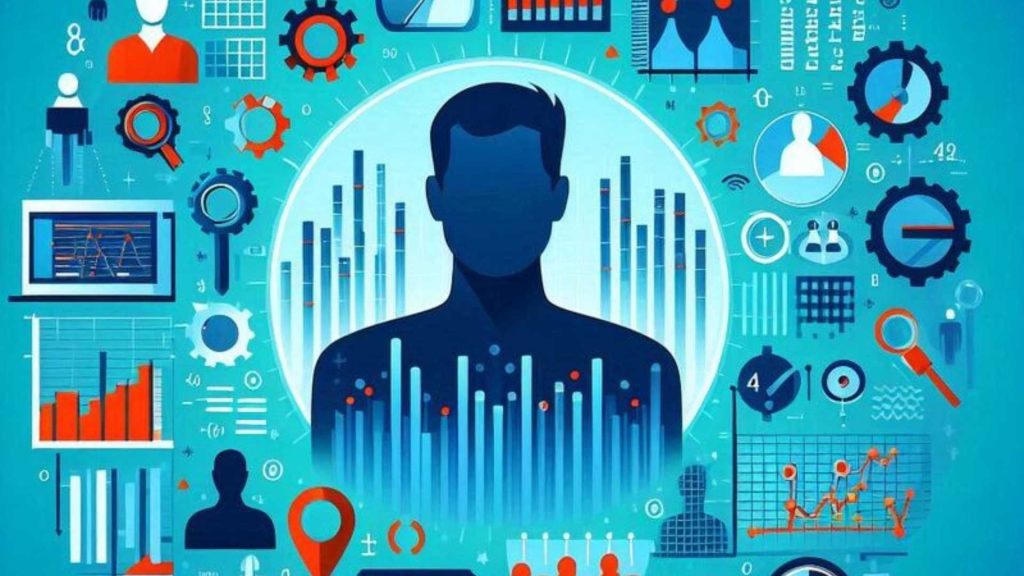
Statistical Challenges in Data Science:
Data science involves extracting insights and knowledge from data through various statistical methods. However, several challenges arise during the process due to the complexity and nature of the data.
- Handling Large Datasets:
- Scalability: As datasets grow in size, traditional statistical methods may become computationally expensive or even infeasible. Specialized techniques such as parallel computing and distributed processing are necessary to handle large datasets efficiently.
- Memory Constraints: Storing and processing large datasets require substantial memory resources. Data compression techniques, memory optimization algorithms, and efficient data storage formats (e.g., columnar storage) are employed to mitigate memory constraints.
- Sampling Strategies: Analyzing entire datasets may not always be feasible or necessary. Sampling techniques such as random sampling, stratified sampling, and cluster sampling are employed to extract representative subsets for analysis.
- Dealing with Missing Data:
- Understanding Missingness Mechanisms: Missing data can occur for various reasons, including non-response, data entry errors, and system failures. Understanding the mechanisms behind missing data is crucial for selecting appropriate imputation techniques.
- Imputation Techniques: Imputation methods such as mean imputation, median imputation, regression imputation, and multiple imputation are used to estimate missing values based on available data. Each method has its assumptions and limitations.
- Modeling Missingness: Advanced techniques like the expectation-maximization (EM) algorithm and maximum likelihood estimation (MLE) can be used to model the missing data mechanism explicitly and incorporate it into statistical models.
- Ensuring Data Quality:
- Data Cleaning: Data collected from various sources often contain errors, outliers, and inconsistencies.
- Data cleaning involves detecting and correcting errors, removing outliers, and standardizing data formats to ensure accuracy and consistency.
- Data Validation: Validating data involves verifying its integrity, accuracy, and completeness. Techniques such as cross-validation, anomaly detection, and data profiling are used to assess data quality and identify discrepancies.
- Data Governance: Establishing data governance policies and procedures ensures that data meets quality standards throughout its lifecycle.
- This includes defining data quality metrics, implementing data validation rules, and enforcing data quality standards across the organization.
Addressing these statistical challenges in data science is essential for obtaining reliable insights and making informed decisions based on data analysis. Proper handling of large datasets, effective management of missing data, and ensuring data quality are crucial steps in the data science workflow.
Case Studies: Statistics in Real-World Data Science Applications:
Predictive Analytics in Healthcare:
- Predictive analytics in healthcare involves using statistical algorithms and machine learning techniques to analyze current and historical data to make predictions about future events or outcomes in the healthcare domain.
- Data Collection: Healthcare organizations collect vast amounts of data, including electronic health records (EHRs), patient demographics, medical history, diagnostic tests, treatment plans, and outcomes.
- Analysis Techniques: Various statistical techniques such as regression analysis, decision trees, random forests, and neural networks are employed to analyze healthcare data and predict outcomes such as disease progression, patient readmission rates, or likelihood of developing certain conditions.
- Applications:
- Predicting Disease Outcomes: Predictive analytics can help identify patients at risk of developing specific diseases based on their medical history, genetic predispositions, lifestyle factors, and demographic information.
- Personalized Treatment Plans: By analyzing patient data, healthcare providers can tailor treatment plans to individual patients, optimizing efficacy and minimizing adverse effects.
- Early Intervention: Predictive models can help identify patients at risk of deterioration or complications, allowing healthcare providers to intervene early and prevent adverse outcomes.
- Resource Allocation: Hospitals and healthcare systems can use predictive analytics to forecast patient admissions, allocate resources efficiently, and optimize staffing levels based on expected demand.
- Challenges: Challenges in predictive analytics in healthcare include ensuring data privacy and security, dealing with data quality issues, interpreting complex models, and integrating predictive analytics into clinical workflows effectively.
Market Basket Analysis in Retail:
- Market basket analysis is a data mining technique used by retailers to discover associations between products that are frequently purchased together by customers.
- Data Collection: Retailers collect transaction data from point-of-sale (POS) systems, including information on products purchased, transaction timestamps, customer demographics (if available), and other relevant metadata.
- Analysis Techniques: Market basket analysis relies on association rule mining algorithms such as Apriori or FP-Growth to identify patterns and relationships between items in transaction data.
- Applications:
- Cross-Selling and Upselling: By identifying products that are frequently purchased together, retailers can strategically place related items near or recommend complementary products to customers, increasing sales revenue.
- Inventory Management: Market basket analysis helps retailers optimize inventory levels by identifying popular product combinations and ensuring adequate stock availability for frequently purchased items.
- Promotional Strategies: Retailers can design targeted marketing campaigns and promotions based on market basket analysis insights, offering discounts or incentives on related products to encourage additional purchases.
- Store Layout Optimization: Analysis of transaction data can inform decisions about store layout and product placement, facilitating a more seamless shopping experience and maximizing customer satisfaction.
- Challenges: Challenges in market basket analysis include handling large volumes of transaction data, identifying meaningful associations amidst noise, addressing privacy concerns related to customer data, and translating insights into actionable strategies effectively.
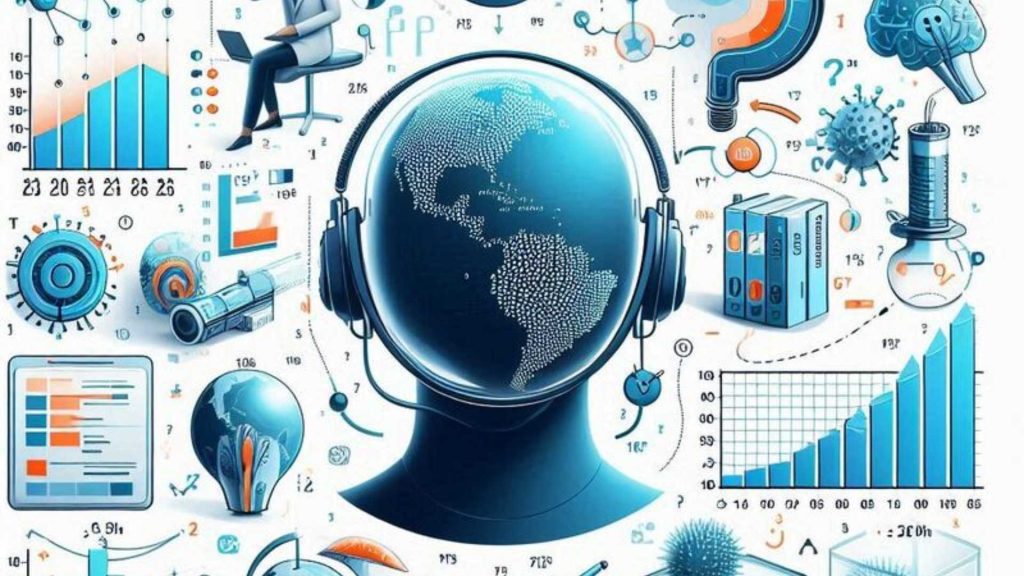
Fraud Detection in Finance:
- Fraud detection in finance involves using statistical techniques and machine learning algorithms to identify potentially fraudulent activities or transactions within financial systems.
- Data Collection: Financial institutions gather transactional data from various sources, including credit card transactions, bank transfers, loan applications, account activity logs, and historical fraud cases.
- Analysis Techniques: Techniques such as anomaly detection, pattern recognition, and supervised learning algorithms like logistic regression or support vector machines are used to detect fraudulent behavior based on deviations from normal patterns or known fraud indicators.
- Applications:
- Credit Card Fraud Detection: Financial institutions use predictive models to analyze transaction data in real-time, flagging suspicious activities such as unusual spending patterns, high-value transactions, or transactions from unfamiliar locations.
- Identity Theft Prevention: By analyzing account activity and user behavior, financial institutions can detect signs of identity theft, such as unauthorized account access or changes in spending habits, and take appropriate action to prevent fraudulent activity.
- Anti-Money Laundering (AML): Predictive analytics helps identify potentially illicit financial transactions by detecting patterns indicative of money laundering or other criminal activities, enabling regulatory compliance and risk mitigation.
- Insurance Fraud Detection: Insurance companies leverage predictive models to identify fraudulent claims by analyzing claim data for inconsistencies, exaggerations, or patterns indicative of fraud, reducing financial losses and protecting against insurance fraud schemes.
- Challenges: Challenges in fraud detection in finance include balancing the need for accurate detection with minimizing false positives, adapting to evolving fraud tactics, ensuring regulatory compliance, and protecting sensitive customer information.
Future Trends in Statistics for Data Science:
- Increased Emphasis on Bayesian Statistics: With the rise of complex data sets and the need for more robust inference methods, Bayesian statistics is gaining traction.
- Its ability to incorporate prior knowledge and update beliefs as new data arrives makes it particularly useful in fields like healthcare, finance, and marketing.
- Incorporation of Causal Inference Techniques: As organizations strive to make more data-driven decisions, there’s a growing demand for methods that can establish causal relationships from observational data.
- Techniques like propensity score matching, instrumental variable analysis, and causal inference using machine learning algorithms are becoming increasingly important.
- Integration of Spatial and Temporal Analysis: With the proliferation of location-aware devices and time-stamped data, there’s a growing need to analyze data in both spatial and temporal dimensions.
- Spatial statistics techniques such as spatial autocorrelation, spatial regression, and geostatistics are being combined with time series analysis methods to uncover patterns and trends in spatiotemporal data sets.
Integration of Machine Learning:
- Deep Learning for Unstructured Data: Deep learning algorithms, particularly convolutional neural networks (CNNs) and recurrent neural networks (RNNs), are being increasingly used to analyze unstructured data such as images, text, and audio.
- Their ability to automatically learn hierarchical representations from raw data makes them well-suited for tasks like image recognition, natural language processing, and speech recognition.
- Transfer Learning and Few-Shot Learning: With the increasing complexity of machine learning models and the scarcity of labeled data in certain domains, transfer learning and few-shot learning techniques are gaining prominence.
- These approaches allow models to leverage knowledge learned from related tasks or domains to improve performance on new tasks with limited labeled data.
- Explainable AI (XAI) for Transparency and Trust: As machine learning models are deployed in critical applications such as healthcare and finance, there’s a growing need for transparency and interpretability.
- Explainable AI techniques aim to provide insights into how models make predictions, enabling stakeholders to understand model behavior, identify biases, and build trust in AI systems.
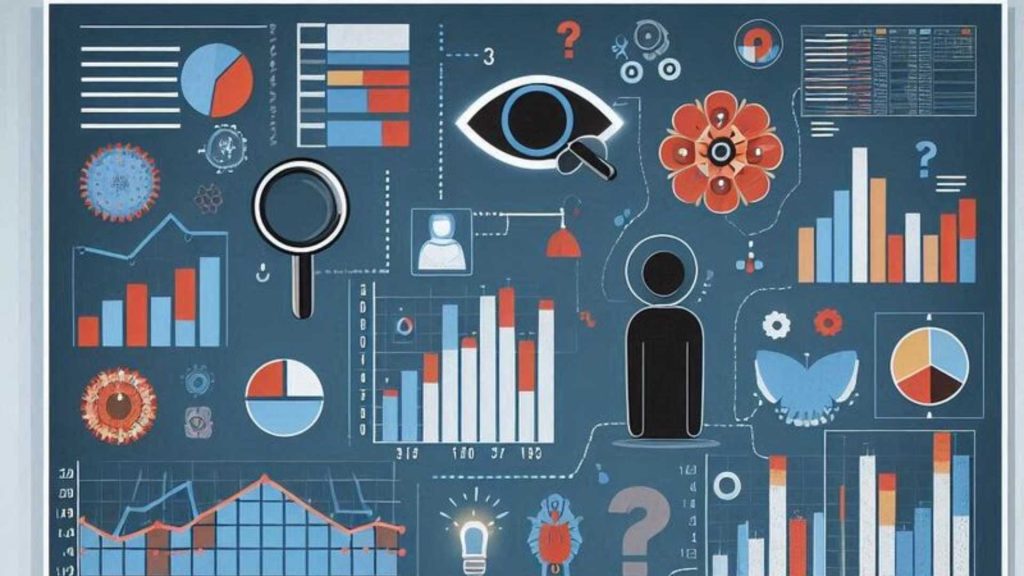
Advancements in Big Data Technologies:
- Distributed Computing Frameworks: With the ever-increasing volume, velocity, and variety of data being generated, traditional data processing tools are struggling to keep up.
- Distributed computing frameworks like Apache Hadoop and Apache Spark are revolutionizing big data processing by enabling parallel processing of large data sets across clusters of commodity hardware.
- Stream Processing for Real-Time Analytics: In today’s fast-paced digital world, organizations need to analyze data in real-time to make timely decisions and respond to events as they occur.
- Stream processing frameworks like Apache Kafka and Apache Flink are being used to process and analyze continuous streams of data with low latency, enabling real-time analytics and event-driven architectures.
- Integration of Cloud Computing and Big Data: Cloud computing platforms like Amazon Web Services (AWS), Microsoft Azure, and Google Cloud Platform (GCP) are playing a pivotal role in the advancement of big data technologies.
- These platforms offer scalable storage and compute resources, as well as managed services for data processing, analytics, and machine learning, making it easier for organizations to leverage big data capabilities without the need for upfront infrastructure investment.
Role of Artificial Intelligence:
- Autonomous Decision-Making Systems: Artificial intelligence is increasingly being used to develop autonomous decision-making systems that can analyze data, learn from past experiences, and make decisions without human intervention.
- These systems are being deployed in various domains, including autonomous vehicles, robotics, and financial trading, to improve efficiency, accuracy, and scalability.
- Personalization and Recommendation Systems: AI-powered recommendation systems are transforming the way companies engage with their customers by providing personalized product recommendations, content suggestions, and targeted advertisements.
- By analyzing user behavior and preferences, these systems can deliver relevant and timely recommendations, driving customer engagement and satisfaction.
- Ethical and Responsible AI Development: As AI technologies become more pervasive, there’s growing concern about their potential impact on society, including issues related to bias, fairness, transparency, and accountability.
- Ethical and responsible AI development practices aim to address these concerns by promoting principles such as fairness, accountability, transparency, and inclusivity throughout the AI lifecycle, from data collection and model training to deployment and monitoring.
Ethical Considerations in Statistical Data Analysis:
- Data Privacy:
- Ensure compliance with relevant privacy regulations such as GDPR, HIPAA, etc.
- Anonymize or pseudonymize sensitive data to protect the identities of individuals.
- Implement robust security measures to safeguard data against unauthorized access or breaches.
- Obtain informed consent from individuals before collecting and analyzing their data.
- Educate stakeholders about the importance of data privacy and their rights regarding their personal information.
- Avoiding Bias in Data Interpretation:
- Be aware of potential sources of bias, including selection bias, confirmation bias, and sampling bias.
- Use randomization techniques and representative sampling methods to minimize bias in data collection.
- Employ diverse perspectives and interdisciplinary collaboration to identify and mitigate biases in data interpretation.
- Transparently report any assumptions or limitations in the data analysis process to mitigate the influence of bias on conclusions.
- Regularly review and validate data analysis processes to ensure objectivity and integrity in interpreting results.
- Transparency and Accountability:
- Document and disclose the methodologies, algorithms, and assumptions used in data analysis to promote transparency.
- Provide access to raw data and analysis code to allow for independent verification and reproducibility of results.
- Establish clear roles and responsibilities for data analysts and stakeholders to ensure accountability in the data analysis process.
- Implement mechanisms for auditing and oversight to monitor adherence to ethical standards and guidelines.
- Foster a culture of accountability and continuous improvement by soliciting feedback and addressing concerns raised by stakeholders.
Incorporating these ethical considerations into statistical data analysis helps uphold principles of integrity, fairness, and respect for individuals’ rights, ultimately enhancing the trustworthiness and societal impact of data-driven insights.

Importance of Continuous Learning in Statistics for Data Scientists:
- Staying Updated with Latest Trends:
- Statistics is a rapidly evolving field, with new methods, techniques, and tools emerging regularly. Continuous learning allows data scientists to stay abreast of the latest trends and advancements in statistical methodologies.
- By staying updated, data scientists can incorporate newer, more efficient techniques into their analyses, leading to more accurate results and better-informed decision-making.
- Additionally, keeping pace with trends ensures that data scientists remain competitive in the job market, as employers often seek candidates with up-to-date knowledge and skills.
- Improving Analytical Skills:
- Continuous learning in statistics helps data scientists sharpen their analytical skills. Through ongoing education, they can deepen their understanding of statistical concepts, methods, and theories.
- This deeper understanding enables data scientists to approach data analysis tasks more critically and creatively, leading to more insightful interpretations and meaningful insights.
- Moreover, by continuously challenging themselves with new statistical problems and techniques, data scientists can enhance their problem-solving abilities and adaptability in various data-driven scenarios.
- Leveraging Advanced Statistical Techniques:
- Data scientists who engage in continuous learning are better equipped to leverage advanced statistical techniques in their analyses.
- These techniques, such as machine learning algorithms, Bayesian inference, and time series analysis, can uncover complex patterns and relationships within data.
- By mastering advanced statistical methods, data scientists can tackle more challenging problems and extract deeper insights from diverse datasets.
- Furthermore, proficiency in advanced techniques allows data scientists to innovate and develop novel approaches to data analysis, leading to breakthroughs in their respective fields and industries.
Continuous learning in statistics is not just a professional obligation for data scientists; it is a strategic investment in their career development and effectiveness.
By staying updated, honing analytical skills, and leveraging advanced techniques, data scientists can unlock new opportunities, drive innovation, and make significant contributions to their organizations’ success.
Statistics vs. Machine Learning in Data Science:
Complementary Roles:
- Statistics and machine learning both play crucial roles in data science, albeit with different approaches and methodologies.
- Statistics focuses on understanding data, making inferences, and drawing conclusions from it, often with a focus on hypothesis testing, estimation, and inference.
- Machine learning, on the other hand, emphasizes the development of algorithms and models that can learn from data and make predictions or decisions without being explicitly programmed.
Differences in Approaches:
- Statistical methods often prioritize inference and interpretability, aiming to uncover relationships and patterns in data while providing insights into underlying processes.
- Machine learning techniques, particularly those in the realm of deep learning and neural networks, prioritize predictive accuracy and scalability, often sacrificing interpretability for performance.
Synergy Between the Two Fields:
- While statistics and machine learning have distinct approaches, they are not mutually exclusive; rather, they complement each other in various ways.
- Statistics provides the theoretical foundation for many machine learning algorithms, including concepts like maximum likelihood estimation, Bayesian inference, and hypothesis testing.
- Machine learning techniques, in turn, can enhance statistical analyses by handling large and complex datasets more efficiently, uncovering intricate patterns that may be difficult for traditional statistical methods to detect.
- Moreover, the integration of statistical methods within machine learning frameworks, such as regularization techniques like Lasso and Ridge regression, allows for better model interpretation and generalization.
- In practical applications, data scientists often leverage both statistical and machine learning techniques, depending on the specific problem at hand, to achieve the best possible results.

Conclusion:
Recap of Key Points:
- Statistics serves as the foundation of data science, providing tools and techniques to analyze and interpret data effectively.
- Key statistical concepts such as probability, hypothesis testing, regression analysis, and data visualization are fundamental in data science.
- Understanding statistics enables data scientists to make informed decisions, identify patterns, and derive actionable insights from complex datasets.
- Proficiency in statistics empowers data scientists to communicate findings accurately and confidently to stakeholders.
Final Thoughts on Importance of Statistics and Data Science:
- Statistics is indispensable in data science, bridging the gap between raw data and meaningful insights.
- Mastery of statistical methods equips data scientists with the necessary skills to tackle real-world problems and drive informed decision-making.
- Continuous learning and application of statistical techniques are essential for staying abreast of advancements in data science and maximizing its potential.
Trizula Mastery in Statistics and Data Science is a comprehensive, self-paced program designed to equip IT students with essential industry skills while aligning with their academic pursuits. It offers a flexible approach, ensuring graduates are job-ready, with a focus on foundational knowledge in statistics and data science and preparation for advanced fields like AI and ML. With a commitment to empowering engineering students, the program provides a blend of theory and practical skills, preparing them for success in the ever-evolving field of data science. Don’t miss out—Click Here to start your journey today!
FAQs:
1. What statistics for data science?
- Descriptive statistics: Summarizing and describing the main features of a dataset.
- Inferential statistics: Drawing conclusions and making predictions about a population based on sample data.
- Probability theory: Understanding the likelihood of events occurring within a given dataset.
- Regression analysis: Examining the relationship between variables and making predictions based on observed data.
- Hypothesis testing: Evaluating the significance of relationships or differences between variables.
- Data visualization: Presenting data visually to facilitate understanding and interpretation.
2. What stats do you need for data science?
- Basic understanding of descriptive statistics.
- Proficiency in inferential statistics and hypothesis testing.
- Familiarity with probability theory and its applications.
- Competence in regression analysis and predictive modeling.
- Skills in data visualization and interpretation.
- Knowledge of advanced statistical techniques such as machine learning algorithms.
3. Is data science statistics hard?
- Data science involves a combination of statistical methods, programming skills, and domain knowledge.
- While statistics can be challenging, with dedication and practice, individuals can develop proficiency in statistical techniques relevant to data science.
- Various resources such as online courses, textbooks, and practical projects can aid in learning statistics for data science.
4. What are the subjects for statistics in data science?
- Probability theory
- Descriptive statistics
- Inferential statistics
- Regression analysis
- Hypothesis testing
- Experimental design
- Bayesian statistics
- Time series analysis
5. Can a statistician become a data scientist?
- Statisticians possess a strong foundation in statistical theory and methodologies, which are valuable skills in data science.
- Statisticians can transition into data science roles by acquiring additional skills such as programming, machine learning, and data visualization.
- Leveraging their expertise in statistics, statisticians can excel in data science roles, contributing to the analysis and interpretation of complex datasets.

